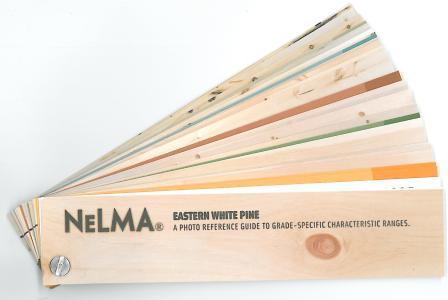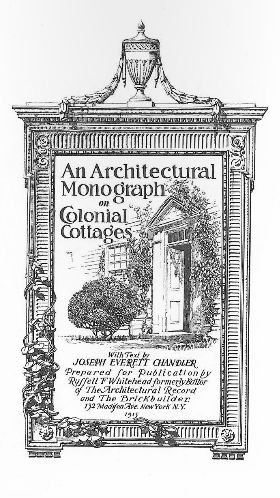As children we dreamed of building tree houses. Then why as adults when we actually have the means and wherewithal do we settle for anything less than wood? If your house is made out of wood, congratulations: You Live In A Treehouse!
In Portland Oregon’s verdant landscape, a deep-rooted affinity for wood runs through the veins of the city’s most celebrated architects. This love affair isn’t just about material—it’s a nostalgic embrace of a childhood loved of nature, tradition, and play.
In addition to the geographic relevance of several wood species and nostalgia, here are a few other reasons Portland, Oregon embraces treehouses as functional structure.
Community & Sustainability
Portland’s affinity for wood is more than aesthetic—it’s about sustainability and community wellness. The Tree Farm building, a six-story structure in the Buckman neighborhood, literally grows the forest indoors, featuring over 50 strawberry trees integrated into its design. Architects brought arborists to the table, showcasing an ardor for wood––even living wood––as part of urban life.
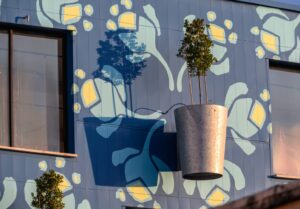
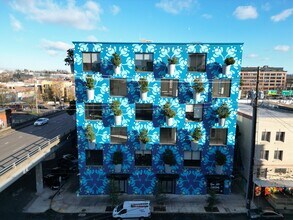

Policymakers and designers increasingly embrace green building practices here, building on Portland’s legacy as a hub of LEED-accredited, sustainable projects.
Tree Houses as Cultural Touchstones
From modest backyard escapes to multi-million-dollar hillside homes, Portland’s treehouse-like spaces create emotional bonds with wood. Projects like Oshatz’s canopy home weren’t merely built—they matured over years, with seven years of iterative crafting, laminating beams, and weaving wood around glass to capture the forest’s spirit

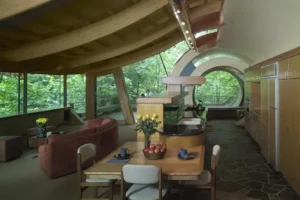
Wood isn’t raw material—it’s cultural language, a storytelling medium, a dynamic participant in architecture. It’s resonance from childhood dreams.
Why Portland’s Architects Embrace Wood
-
Biophilia: Wood appeals to our innate draw toward nature, bridging mental and sensory comfort.
-
Sustainability: Locally sourced wood cuts carbon, honors regional ecology, and tells stories of place and time.
-
Acoustics & Warmth: Laminate beams and wood paneling make interiors resonate, both sonically and atmospherically.
-
Craftsmanship & Tradition: From post-and-beam to modern lamella structures, wood grounds design in craft and heritage.
-
Light & Texture: Wood artfully filters light—through clerestories, decks, or latticed facades—creating dynamic day-to-day experiences.

